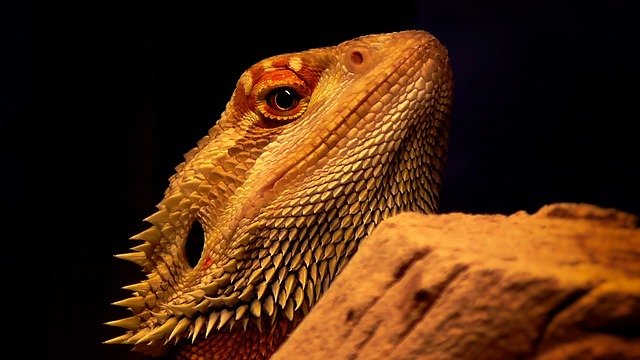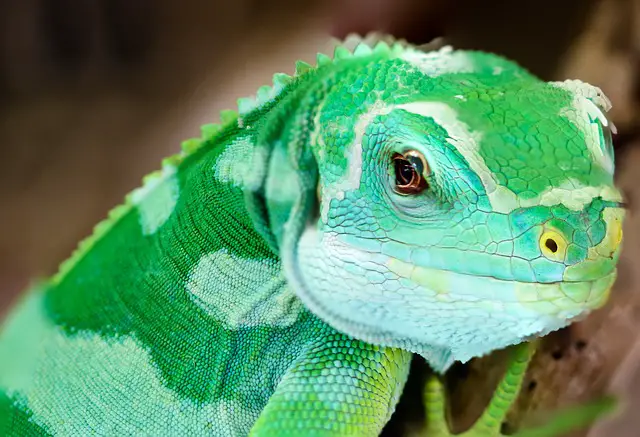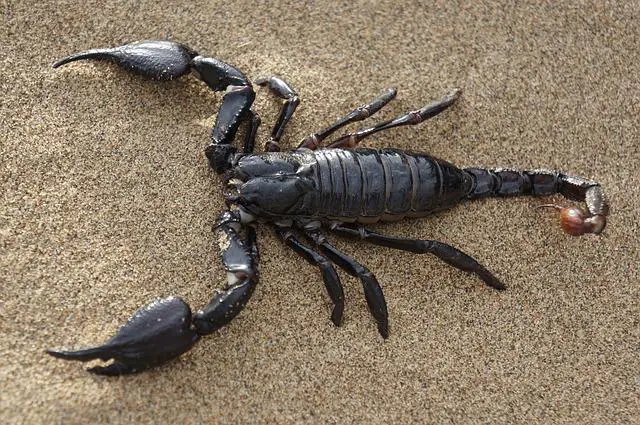Is your pancake tortoise expecting some babies? If so, then you must be wondering, when do pancake tortoises lay eggs?
The answer to this question is a little complicated. Typically, wild pancake tortoises lay eggs from June to August. However, it’s hard to tell when they’ll lay eggs when it comes to pancake tortoises in captivity.
Do you want to find out more? In today’s article, we’ll tell you everything you need to know about when pancake tortoises lay eggs. Let’s dive in.
When Do Pancake Tortoises Lay Eggs?
In the wild, the breeding season of pancake tortoises starts in January and lasts until the end of February. While there’s no exact date for pancake tortoises laying eggs, it’s usually around July and August.
On the other hand, pancake tortoises in captivity don’t have a breeding season. Pancake tortoises breed all year long in captivity. So, it can be challenging to know when they will lay the eggs.
How Often Do Pancake Tortoises Lay Eggs?
Typically, pancake tortoises lay one egg every four to eight weeks. In some rare cases, the female pancake tortoise can lay two eggs in one clutch. Overall, pancake tortoises can produce three to five clutches in one year.
To add, female pancake tortoises tend to lay eggs more often during summer. However, they’ll only produce one or two eggs in each clutch.
How to Tell When Pancake Tortoises Are About to Lay Eggs
Pancake tortoises show some signs once they’re about to lay the eggs. Spotting these signs will let you know that your pancake tortoise is close to depositing the egg.
Decreased Appetite
Most tortoises will suffer appetite reduction shortly before laying eggs. That’s because growing eggs inside the tortoise take more space inside the shell. So, there’ll be less space for food.
Since tortoises have hard shells, their stomach can’t expand outside to take in more food. Therefore, you’ll notice a reduced appetite for expecting pancake tortoises.
One thing worth mentioning is that when you notice this sign, you should adjust your tortoise’s diet. To provide the tortoise with its needs, you should provide more frequent meals with fewer food quantities, and don’t forget to add calcium and multivitamins to its diet.
Sniffing and Exploring
One of the most common signs of pregnancy in pancake tortoises is exploring around and sniffing. Before laying eggs, pancake tortoises search for a suitable laying place to deposit their eggs.
So, you might see them exploring the tank, sniffing some areas, and scraping the top layers of the soil. When you notice these signs, you should prepare a safe place for the tortoise to lay the egg.
A suitable laying place would be sandy and a little damp. The area should be warm, safe, and covered.
Digging
When pancake tortoises are close to laying eggs, the female will begin digging in the laying location. Pancake tortoises dig a nest for the eggs to protect them from any threat.
Behavioral Changes
Pancake tortoises are surprisingly social, and they do well in groups. However, when a female pancake tortoise is close to laying an egg, you might notice some behavioral changes in her.
First, the female pancake tortoise will become defensive. While pancake tortoises don’t protect the hatchlings, they are very protective of the nesting area before laying the eggs.
It’s more likely an act to set the rules for the nesting area to keep the eggs safe from any threats. You might notice some aggressive behavior like ramming and biting in some rare cases.
Second, it’s common for gravid pancake tortoises to hide and become quieter than usual. So, you won’t be seeing the gravid tortoise as much.
What to Do When Pancake Tortoises Lay Eggs
First and foremost, pancake tortoises cover their eggs with sand to hide them. That’s completely normal, and you shouldn’t interfere with this process, even if the tortoise struggles.
Second, you should handle the eggs with care. Third, you’ll need to transfer the eggs to a reptile incubator with a mixture of 1:1 vermiculite and water. The vermiculite ensures moisture retention, which is required for egg development.
Temperature
Typically, the eggs should be incubated at 86 to 89°F. Surprisingly, the incubation temperature dramatically influences the gender of the offspring.
The offspring is likelier to be a male in a slightly cooler incubator, around 77 to 82°F. On the contrary, in warmer temperatures, about 84 to 92°F, the offspring is more likely to be a female.
When Do Pancake Tortoises’ Eggs Hatch?
Typically, the eggs have an incubation period between 100 and 300 days. There’s no way of telling the exact date the eggs will hatch, but it takes around four to six months in most cases.
Why Is It Taking Too Long for Pancake Tortoise to Lay Eggs?
One of the most common causes of delayed egg deposition is that the pancake tortoise could not find a suitable laying space. Additionally, the pancake tortoise could be stressed or threatened.
In those cases, the pancake tortoise may retain the egg inside. So, you should prepare an appropriate laying site for your pancake tortoise once you notice the signs.
Also, it might be a good idea to provide more than one laying site for your tortoise to choose from. An example of a suitable laying site would be a container filled with slightly moist sand and covered by cork bark.
Conclusion
When do pancake tortoises lay eggs?
In the wild, pancake tortoises lay eggs during July and August. On the other hand, pancake tortoises in captivity don’t have a breeding season. Therefore, there’ll be no exact timing for the egg-laying process.
Generally, it would take around six months for pancake tortoises to lay their eggs. Therefore, when getting close to the egg laying time, you should prepare a laying spot for your pancake tortoise.









